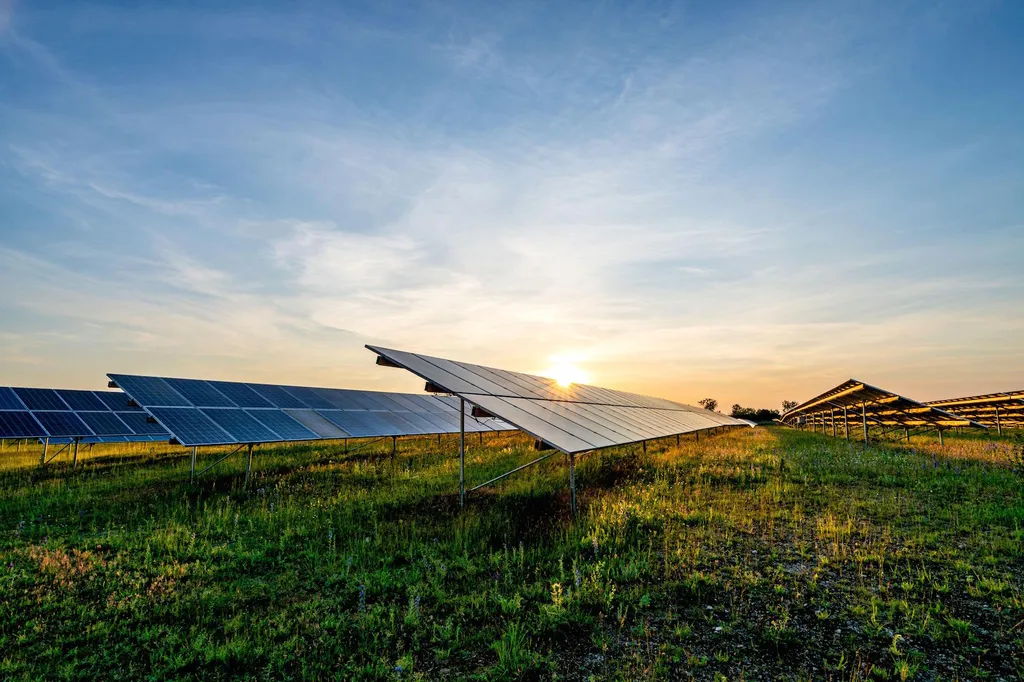In the sun-drenched fields of southern Brazil, a silent energy revolution is underway, and it’s not just about the panels on the rooftops—it’s about the people behind them. A recent study published in the journal *Academia of Green Energy* sheds light on how rural communities in Santa Catarina are embracing solar power, and the findings could reshape the way we think about the energy transition.
Carla de Abreu D’Aquino, a researcher from the Department of Energy and Sustainability at the Federal University of Santa Catarina, led the study that delves into the social acceptance of distributed generation from photovoltaic systems (DGPV) in rural areas. With Brazil’s solar power capacity expanding rapidly—now the second most used energy source in the country—understanding the human factor behind this growth is crucial.
The study reveals that for rural producers, the primary driver for adopting solar power is economic. “Cost reduction is the main motivator,” D’Aquino explains. “Producers see a direct impact on their electricity bills and, consequently, their overall production costs.” This economic incentive is a powerful force, but it’s not the only one. Environmental benefits and sustainability also play a role, albeit a complementary one.
However, the path to solar adoption isn’t smooth. Among non-adopters, lack of information and high initial investment are significant barriers. “There’s a need to raise awareness about the economic and environmental benefits of DGPV,” D’Aquino emphasizes. “Financial assistance and legislative incentives are also crucial, especially for farms that haven’t yet adopted the technology.”
The implications of this research extend beyond the fields of Santa Catarina. As the energy sector grapples with the transition to renewable sources, understanding the social dynamics of adoption is key. The study highlights the importance of tailored incentives and information campaigns to accelerate the shift towards solar power.
Moreover, the findings could influence policy decisions, encouraging governments to provide more support for rural communities in their energy transition. As D’Aquino’s research shows, the human factor is as important as the technological one in driving the energy revolution.
In the end, the story of solar power in southern Brazil is not just about the panels; it’s about the people who install them, the communities that embrace them, and the policies that support them. And as the sun continues to shine, so too does the potential for a brighter, more sustainable energy future.

